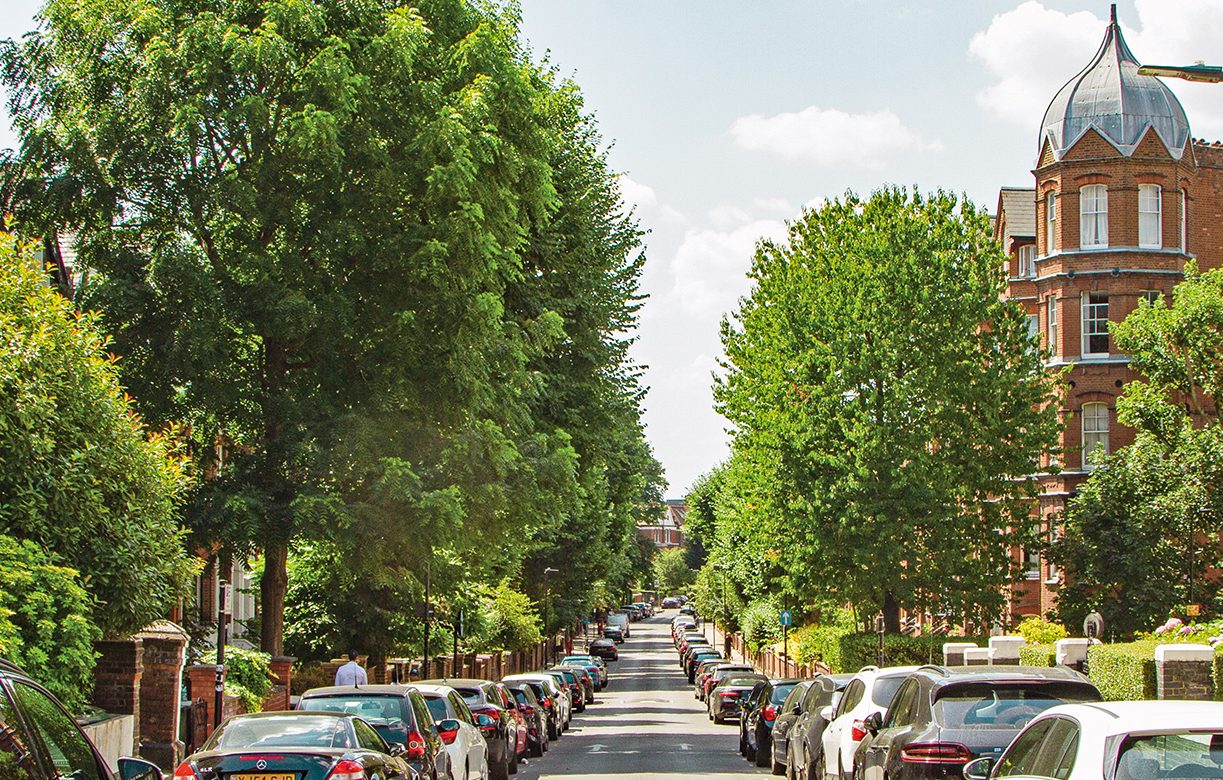If you’re looking to buy in the Capital, you’ll be acutely aware that some coveted areas command a premium asking price while others – not so much. These desirable enclaves can see house prices soar with demand remaining consistently high, making them all the more exclusive. Is this simply down to luck, or trend, or is there in fact a magic formula for a neighbourhood’s sizzling success? Jack Peet, area manager at Winkworth’s new West Hampstead & Belsize Park branch certainly thinks so. “Proximity to central London is key,” he says. “West Hampstead, for example, offers excellent transport links, including several tube and overground train stations, making it easy for residents to commute into the city centre. It also boasts a distinctive, village-like atmosphere with treelined streets, charming Victorian and Edwardian architecture, and local shops that give it a quaint and welcoming feel. Then there’s the area’s diverse dining options, its green open spaces, excellent schools, and of course its cultural and community events. West Hampstead has a vibrant community that often hosts street fairs and festivals, creating a sense of togetherness among its residents.”
With London being such a sprawling metropolis with an ever-growing population, it’s only natural we want to hunker down and seek out the Capital’s characterful urban villages – especially for families where local life is allimportant. But us Londoners are a discerning bunch. Essentially, we want it all: easy access to some of the world’s greatest galleries and theatres, we want to eat at the most prestigious restaurants, and we want the very best education for our kids – but we also want a local fête, complete with a tombola and a dog show; we want a local high street filled with independent boutiques, and preferably a family-run butchers on the corner. What’s on our doorstep really matters. Stephen Lindsay, head of sales at Savills’ St. John’s Wood office believes that it’s all about finding the perfect balance; “St. John’s Wood is one of those special parts of the city that offers a fantastic lifestyle,” he says, “whereby in the morning you can enjoy the rural feel of Regent’s Park, and then spend the afternoon or evening in the hustle and bustle of Covent Garden or Soho. But in general, it’s the green open space of Regent’s Park, excellent schools, family-oriented nature and close-knit communities that encourage people to put down roots here long-term. And as a designated conservation area, a lot of homes here are protected by English Heritage, which adds a certain gravitas and makes people proud to live here and call it home.”
Matt Thompson, head of sales at Chestertons says: “London is home to some wonderful and vibrant neighbourhoods with plenty to offer. The Capital’s hotspots benefit from good transport links, parks and communal spaces, eateries and other entertainment amenities such as shops, cinemas, gyms and museums, which attract buyers and renters alike. Some of the newest hotspots include King’s Cross and Battersea Power Station, which have both seen high levels of demand since their rejuvenations. But London still has its old favourites, including Notting Hill and Hampstead, to name but a few.” It seems convenience, and a sense of community can come with a hefty price tag, but ask any urban villager and they’ll tell you these things are absolutely worth forking out for.
winkworth.co.uk; savills.co.uk; chestertons.co.uk

